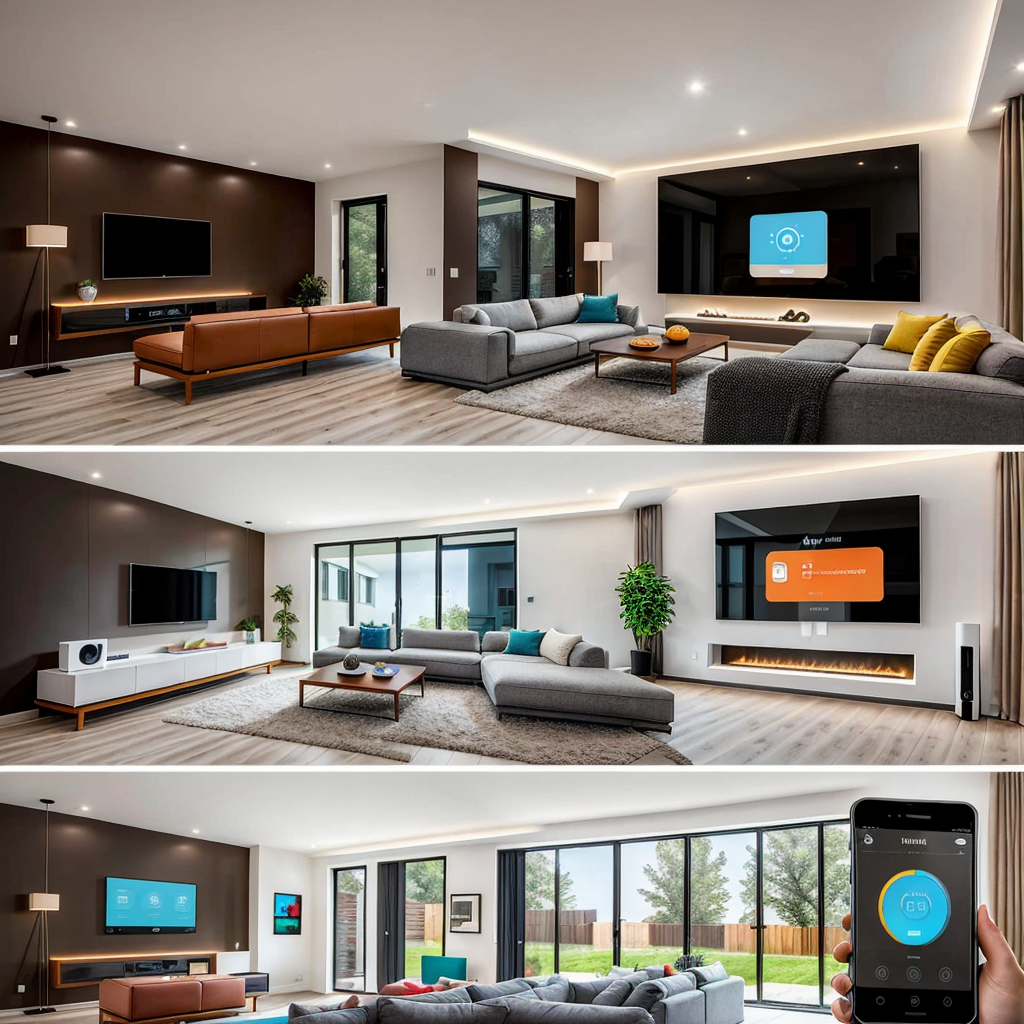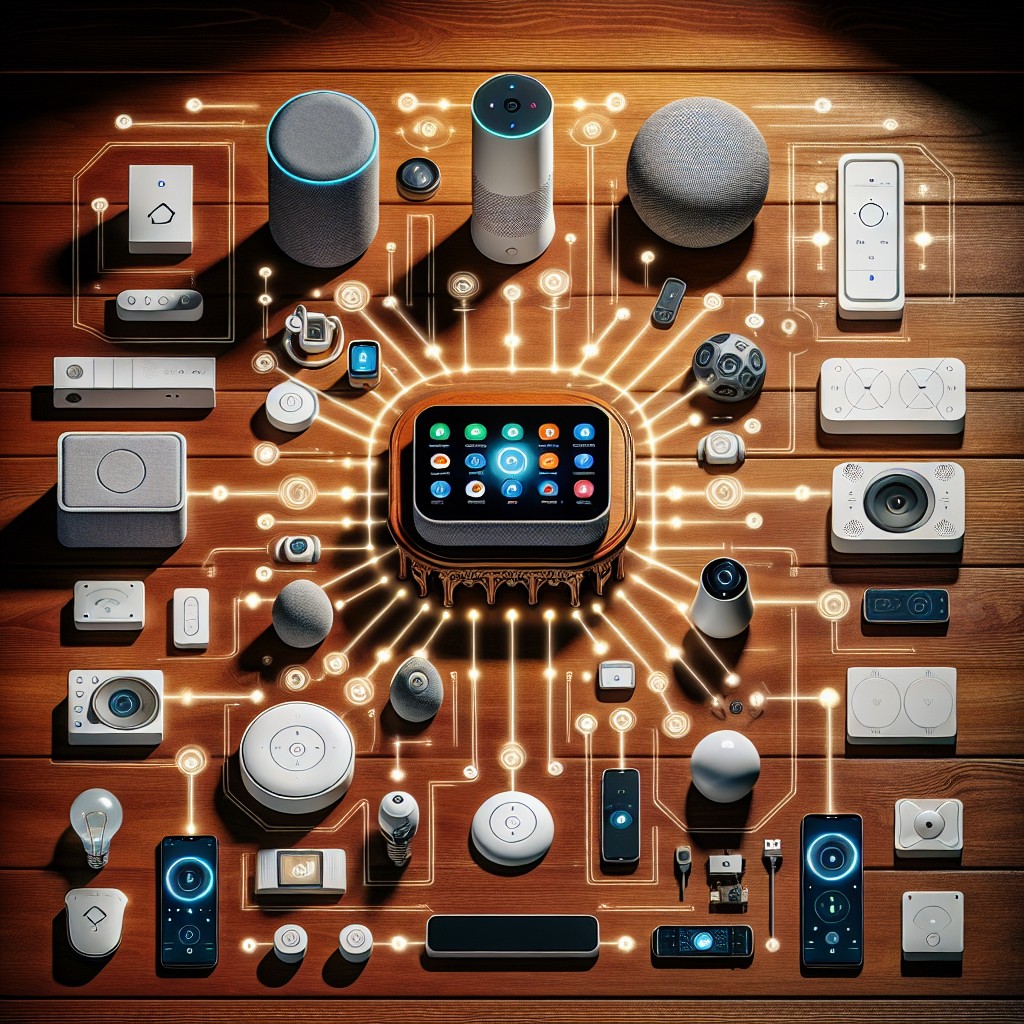Mastering the Modern Home: The Power of Automated Home Control Systems
Embracing automation in today’s homes not only enhances convenience but also ensures efficiency and security, all through intelligent technology. This comprehensive guide delves into the intricate world of automated home control systems, exploring their functionality, benefits, and the essentials of integrating diverse devices into a harmonious system.
Understanding Automated Home Control Systems: Technology and Functionality
Automated home control systems are sophisticated platforms that integrate various smart devices within your home to enable seamless, centralized management and automation. These systems utilize wireless communication protocols like Wi-Fi, Zigbee, and Z-Wave to connect devices such as smart lights, thermostats, security cameras, and locks. With advancements in AI, these systems adapt and respond intelligently to user behavior and environmental changes, enhancing capabilities over time. By leveraging these technologies, homeowners can control and schedule appliances remotely through intuitive apps or voice commands, creating an interconnected ecosystem that simplifies daily life and enhances energy management and security dynamically. For more technical insights, visit our detailed explanation on Smart Device Automation.
Key Benefits of Implementing an Automated Home Control System
Installing an automated home control system significantly enhances comfort by personalizing environment settings such as lighting and temperature, which can be remotely managed or automated according to your daily routines. This not only improves energy efficiency but also reduces utility costs through intelligent thermostat settings and lighting systems. The security of your home is elevated with features that allow real-time monitoring and instant alerts, combined with AI-powered surveillance to detect unusual activity. Furthermore, such systems offer unparalleled convenience, freeing users from manual controls and enabling voice-activated or scheduled operations. This is particularly beneficial for elderly or differently-abled individuals, providing essential functions like fall detection and location monitoring customized for safety. Discover more about these transformative benefits at Resonate to Innovate Blog and within our Family Lifestyle Automation category.
Ensuring Robust Security for Your Automated Home Control System
Securing automated home control systems is crucial to prevent unauthorized access and protect sensitive personal data. Implementing encryption standards like WPA3 and multi-factor authentication significantly mitigates risks of hacking. Regular updates to firmware close vulnerabilities and enhance system features, while network segmentation and secure cloud services maintain data privacy and system integrity against evolving cyber threats. For more detailed strategies on securing your smart home, refer to our resources on Local Data Processing and Security and explore our comprehensive guides in the Home Security & Privacy category.
Integrating Diverse Smart Devices Into a Unified Control System
A key feature of modern automated home control systems is their ability to unify diverse smart devices from multiple manufacturers under one management interface. Platforms like Apple HomeKit, Google Home, and Amazon Alexa provide cross-device compatibility, enabling seamless control using a single app or voice assistant. This integration allows complex automated scenarios, like the synchronization of lighting and security systems during an alert. Device compatibility and security policies are crucial considerations when planning system integration. For practical strategies and a list of supported devices, refer to this comprehensive guide on Home Automation setup and explore options within our Smart Home Essentials category.
Essential Considerations When Choosing an Automated Home Control System
Choosing the right automated home control system involves evaluating several factors to ensure long-term satisfaction and value. Key considerations include compatibility, security features, scalability, and overall cost of ownership. Reliable vendor support and a supportive user community are also important for smooth system setup and troubleshooting. To further aid your decision-making process, explore our expert reviews and detailed guides at Understanding Smart Home Energy Management and browse our options within the Product Highlights & Features category.






